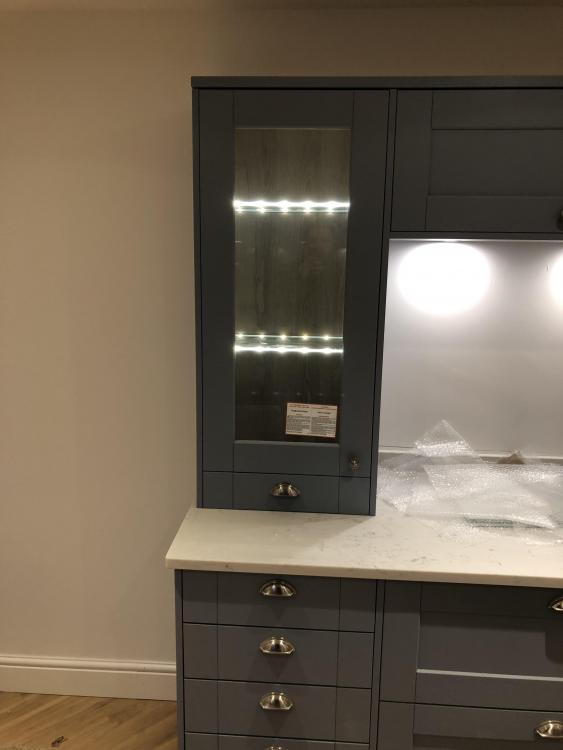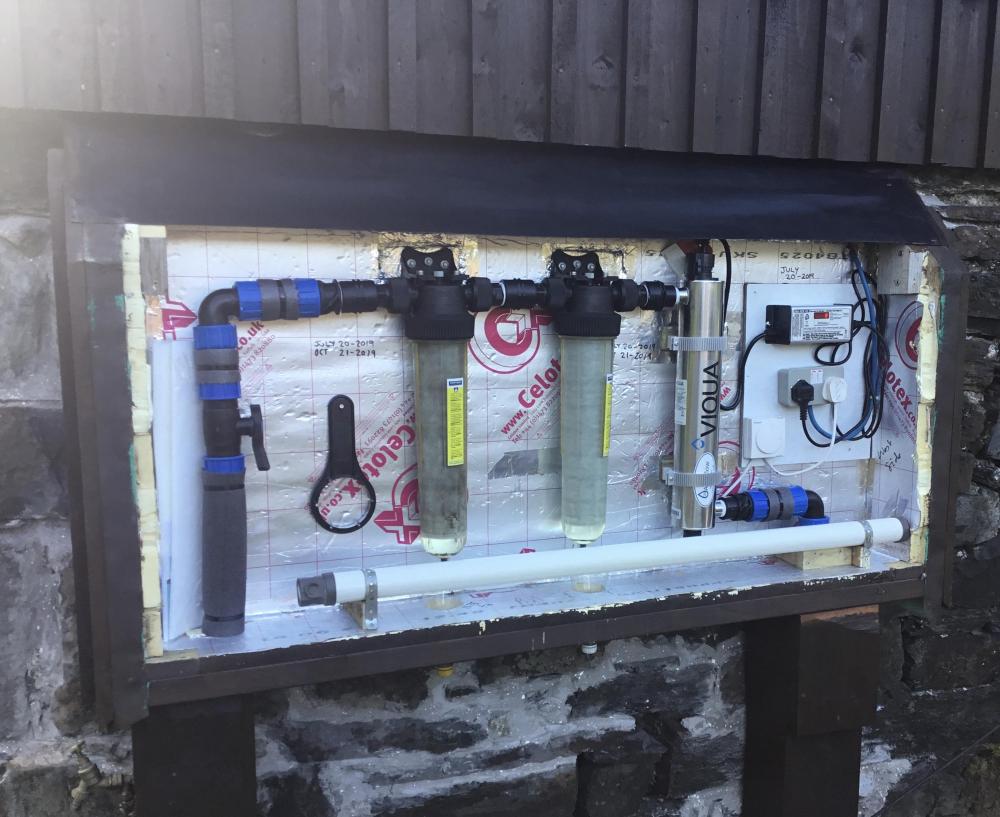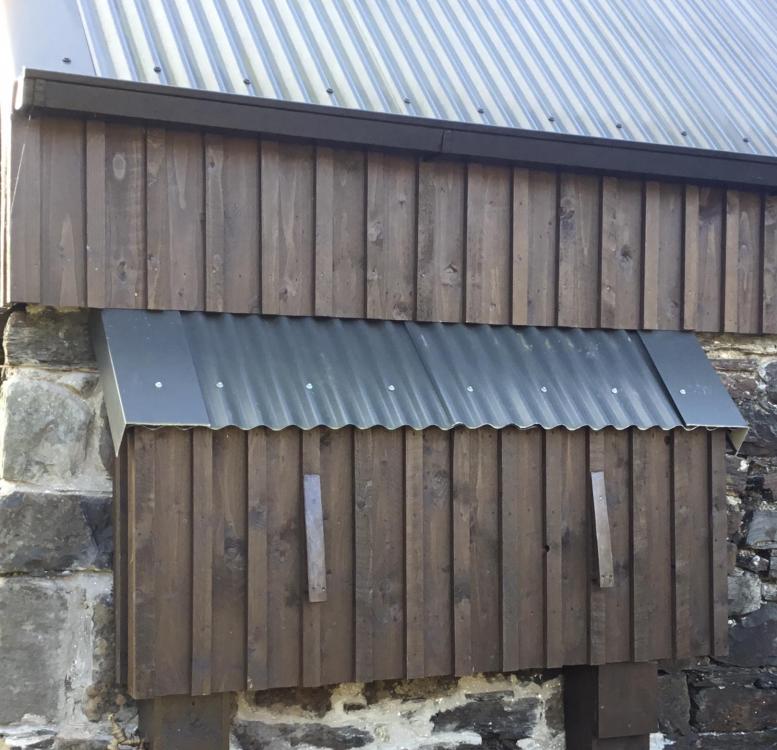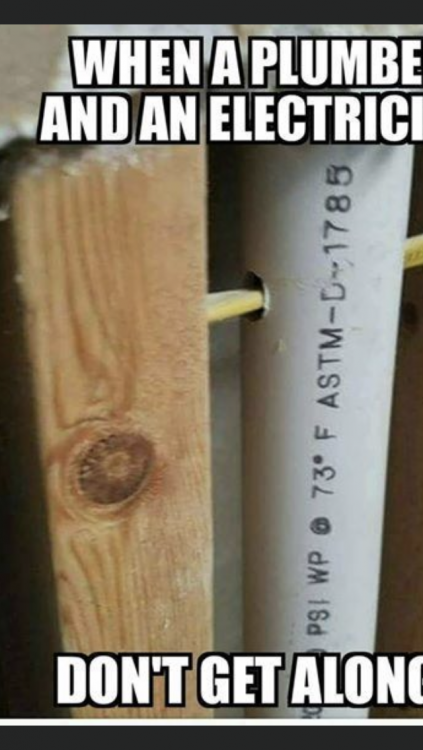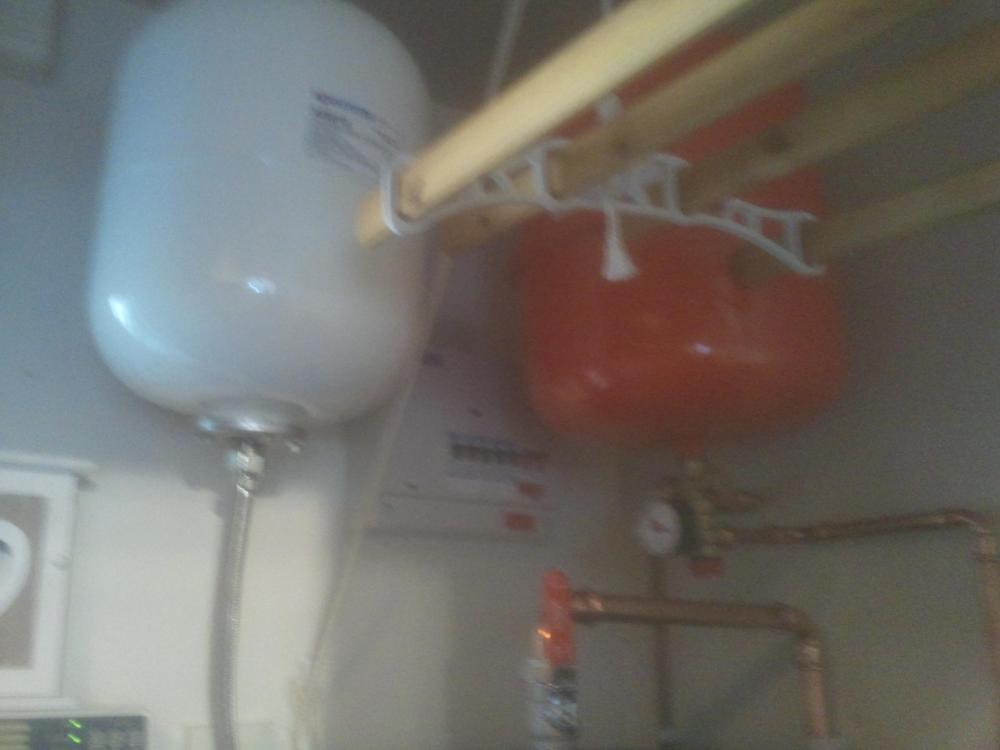Leaderboard
Popular Content
Showing content with the highest reputation on 01/28/20 in all areas
-
2 points
-
Hi Roz, We have just put mortar fillets over our foam edges exactly like yours. I had an old boy who has worked with lime for years give me a hand and he trimmed the foam back to give a neat face slightly set back / flush with window frame face. Then he pushed pallets into the foam at regular intervals (thin pieces of stone / slate - so it kinda looked a bit like he had pushed 50p pieces in). This gives a key for the lime to bond to. Then the lime was applied to cover the foam. Slight overlap with window frame - enough to seal it but as it didn't have a key to the painted wood not so much overlap that the lime would pull away from the frame. Cover as much of the reveal as you wish. care for the lime as you would normally as it sets. You can do the square set as in the pictures we had a tapered fillet as it was more in keeping with our old barn character.2 points
-
I have SIP with a passive slab. Currently doing the dig for the slab this week, it a bit of a nous as I have to dig down to sandstone which for the most part is 800mm deep, there are some soft spots though which are more like 1.5m deep so a lot of stone to put back in to fill the hole - around 400t all said! Doing most of the founds myself, hope to get the SIP up in March.1 point
-
1 point
-
Don’t bother, just fit anti syphon traps to the basins in the EnSuite and the bathroom. If they insist on an AAV then run a 110mm tee under the corner of the hot press, reduce to 50mm and take it into the attic space and put it there.1 point
-
Screwfix used to sell ones with a little handle rather than a screwdriver slot, much better.1 point
-
Just needs a low temperature coil. One fitted with a "solar" coil will usually, be OK, but quite a few manufacturers now offer cylinders with a heat pump coil. The difference is that a UVC intended for use with a boiler will have a coil that works OK with a high flow temperature, around 55°C to 65°C, whereas for use with a heat pump the coil needs to work OK at a lower temperature, typically around 45°C to 50°C. The difference is that the low temperature coil will be physically larger inside the cylinder, to allow it to work efficiently at a lower temperature.1 point
-
yes, I have done quite a few but the first one was a bitch ?, your right, best to cough up a fiver and a cup of tea.1 point
-
SORTED! I eventually decided to call the Eddi technical line. Explained the problem and was told to go into settings and check the'hot setting delay'. That was showing zero. I was advised to increase it to about 30 minutes. This was done as an upgrade to cater for the sunamp issues. So we seem to be up and running which is great. Thanks for all the contributions. I did later speak with sunamp technical and will be sending them the info. for their files! During the conversation I pointed out what a pain it is not being able to see at what stage of charge the battery is. Apparently they have some software and a gizmo which they use for testing that would in effect show the charge level and could possibly be retro fitted. It was suggested I write to the company and request that it be released. I will do this and report back. In the meantime I have a final basic question which is, if I have a 9kw battery does it take 9kw of electrical input to fully charge?1 point
-
Zoot the hoot. Glad you found my info useful, and did'nt just leave your glass in with no beads, waiting for that gust of wind. Now you have measured the size and the thickness, stick the old glass in, and put a short bead in both sides. When your glass is delivered, give the geezer a fiver, and he will have it in, and beaded before you would be able to make him a cup of tea. It will be worth your fiver all day long fella.......Those beads can be a right pain.1 point
-
1 point
-
One cause of black mould is aspergillus, naturally occuring, and also can be commonly found in buildings, insulation and the like. Its been known to infect healthy adults, though its unlikely to kill a healthy adult it will make you very ill. If the mould spores settle in your lungs, they can grow. If you have any sort of immune deficiency then you are at serious risk. Clearly it is difficult to know whether it is or isn't aspergillus, which is why you should take serious precautions regardless. My wife suffered from an aspergillus infection, she was immune deficient, she developed an aspergiloma (a bit like a tumour) in her lung, they successfully treated it over the course of a year, but unfortunately not long after she suffered from respiratory failure from the damaged caused by the fungus. Its really not worth not taking precautions. If it infects your body, it releases a chemical called aflatoxin, which is both toxic and carcinogenic.1 point
-
You can use elbows in circuits - 16mm ones are fairly common if you look. One at the bottom and one at the top of the step would work.1 point
-
How about using resin based fixings? Another one to try is helical fixings, these are brilliant for aircrete, and may work for your situation too, perhaps get some samples to test, as they can be quite expensive. Thor helical is one manufacturer.1 point
-
If the stuff is fairly soft have you tried just ordiany coach bolts or concrete screws to just cut their own thread into the floor?1 point
-
You can get Sika CD Anti Lime Coating. My understanding that it is to simply seal a surface to stop it leaching lime. Whether Sikaflex would stick to that? If in doubt SBR would be my goto for sealing...1 point
-
Instead of screws into plugs would through bolts be an option?... https://www.screwfix.com/p/fischer-fxa-throughbolts-m12-x-116mm-20-pack/48990?tc=OA3&ds_kid=92700049190944768&gclsrc=aw.ds&ds_rl=1241687&ds_rl=1245250&ds_rl=1249413&gclid=Cj0KCQiAsbrxBRDpARIsAAnnz_MDNXkrcSF3wERpJx-6usMCqiRCOACU9yAY5Rt2kUgk4hJJGtW95NgaAvn3EALw_wcB1 point
-
you will need to be seal the surface VERY well.more than one coat if its at all pourous - -cos the sixa flex will only have permanent bond to that sealing layer sixaflex will come away from dusty surface over time I have had sika come away from bare concrete over a long period so maybe a coat of cheap garage floor paint that will bond to lime floor first . I think i would want some mechanical fixing as well if only where there are door frames or ends of walls1 point
-
1 point
-
With mixer outlets you need to isolate both to successfully shut them off. Remember you cant use manifold valves to attenuate flow rates, it's on or off. Pipe diameter is 15mm max. Do NOT use 22mm for anything other than hot and cold to the SA or heating circs. This assumes you dont want to do satellite manifolds, just keeping everything in the plant room. Insulate the HRC elements, otherwise just the hot and cold before the manifolds etc and heating circs. Simple, just use a pair of NRV's to allow the return flow back into the SA cold inlet. One ( single check not double check ) valve goes between the HRC pump and the SA, and one goes into the cold feed to the SA just prior to where the HRC and the cold feed tee together. I think for your instance just small bore hot feeds to the nearest basins / sinks only, and HRC to the basins at the furthest location only. Dont have the HRC doing the baths or showers, thats a waste of time and heat energy. Still unsure why anyone in a PH would go to the trouble of fitting a HT ASHP to heat a SA for just DHW TBH unless it was a huge dwelling and RHI was worth chasing.....KISS says fit a size 12 SA and heat it once a day on Octopus / similar for DHW at < grid gas costs, + zero maintenance / service by comparison. Cheap monoblock for UFH and job done.1 point
-
As above Seal for dust and simply bond the sole plates down I normally use Sika-Flex Bond them down a leave overnight1 point
-
Could you just bond the floor plates down? Maybe with some added screws just poking through the bottom of the floor plate (try and miss any UFH ?), like football boot studs almost, to give some shear resistance.1 point
-
That's the sort of situation (irregular, unpredictable holes) I'd use chemical anchors for: https://www.youtube.com/watch?v=oUJPjJsdl0c https://www.toolstation.com/screws-fixings/chemical-fixings/c102 To be sure, I don't know if it is compatible with lime, but I think it's pretty inert when set. It certainly provides a very strong fixing in concrete and masonry.1 point
-
It would be quite difficult not to damage the brick If the render is original the bricks underneath may not match the facing bricks1 point
-
I just took their advice, like you I asked about putting more in there but was told more cost effective to use heavier PB. I think they want a decent gap either side of the fill, 20mm aint a lot & I suspect 75mm would effectively end up touching one side or the other.1 point
-
Decided to hold off installation for a few weeks and get a comparable quote. Second company is offering an LG Therma V R32 instead of the Ecodan so will be interesting to see how they compare. Will keep you posted1 point
-
£16.20/50 for 200, https://www.tcfixings.co.uk/main/product/productinfo/10406/TIMco-Index-Timber-Screws-6.7x200-(Box-of-50)/1?1 point
-
Try screwing one into a sample bit of wood before doing it for real. I found I sheared off some bolts if I didn't drill pilot holes. Something like M3.5 maybe enough. Long bits are available. Ideally the screws should be long enough so the threaded part is only in the lower bit of wood. If the threaded part bridges the gap between the two it may prevent the two bits of wood pulling together. Sorry if you know this stuff.1 point
-
Hmm burn it and cause pollution but get to recycle it... dump it in landfill and no recycling.... it’s a no win situation ......or be a complete optimist and put it in the shed and assume there WILL be a use for it at some point..... I was very pleased when I got to use some of my long kept off cuts to roof my water treatment plant ! ....not so mad now I thought .....1 point
-
1 point
-
No, the plywood was a former/shutter, open at the front i think, into which they stuffed the lime, then took the wood off and brushed it up to look ok. Ended up looking like this -1 point
-
The traditional material used with stone is burnt sand mastic. https://www.womersleys.co.uk/shop/stone_repair_grouts_and_mastic/burnt_sand_mastic_10_litres1 point
-
0 points
-
So the government has made a decision on technology again. From now on I shall type everything in Wingdings0 points
-
Yep - go for a Telford HP cylinder and they have a 3.6m2 coil in the bottom of the tank. Speak to Trevor at Cylinders2Go and tell him you have the photos of @Nickfromwales in his Saturday night outfit and you should get a decent price ...0 points
-
I did an EICR on a rental property. I had no trouble accessing the consumer unit. A week later I went back to do some repairs and found this: Sorry about the poor picture. In the intervening time the plumber had been and changed the boiler and installed 2 new expansion vessels. the right hand one completely blocking any possibility of getting the cover off the CU0 points
-
Talk about hard work here you go I've done it for you https://www.windowware.co.uk/original-don-carlos-knife0 points
This leaderboard is set to London/GMT+01:00


